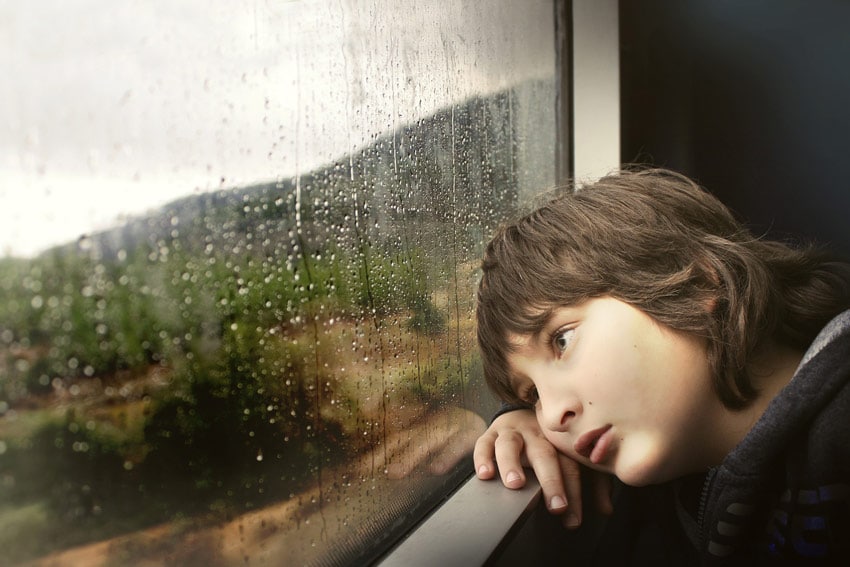
Eight-year-olds vomiting with exam stress, 11-year-olds self-harming, 12-year-olds refusing to eat due to peer group pressure over body shapes. Childhood is supposed to be the happiest and most carefree time of our lives yet as the stresses of society increase so do the number of students with mental health disorders.
Anxiety IS the number one issue affecting school-aged children in Australia. Latest research reveals almost one in seven school-aged children have a mental illness and nearly half of all mental health problems begin before the age of 14.
What used to be an issue for students in Years 9 to 11, disturbing as that is, is now hitting kids in Years 4 to 6, according to one school principal.
Children with anxiety may develop their own strategies to try to manage situations that cause them distress. Often this involves trying to avoid the situation or having a parent or other adult deal with it for them. But long-term avoiding a situation makes it more likely that the child will feel anxious and be unable to manage it the next time.
So what is a parent or teacher to do?
Sometimes however kids need more. If you feel your child tends to worry frequently and the worry persists so that it has a negative impact upon their daily activities (eg. going to school, meeting friends, participating in social situations) there are a number of things parents can do to help.
As anxiety often affects the way a young person thinks (perceives situations), feels and behaves it’s helpful to let your child know about the general signs of anxiety and those signs which you can see in them.
Common signs & symptoms of anxiety:
- Feeling nervous or worried most of the time
- Feeling scared that something bad will happen to one’s self or someone else without a genuine reason
- Sleep disturbance (eg. having difficulty falling asleep; waking throughout the night)
- Restlessness or irritability in waking hours
- Having difficulty concentrating
- Avoiding situations where the feared object or situation is present
- Over-reacting that leads to panic (eg. crying, running, withdrawing) in situations that are not inherently dangerous.
Things parents can do:
- Approach your child and acknowledge the problem. Let them know that you can see they are scared or worried.
- Ask your child how they are feeling. Listen and respond in a non-judgemental way.
- Let them know you are concerned about them and would like to help.
- Talk about a time in your own life when you were worried, as anecdotes can normalise some of their fears and let them see that everybody worries sometimes!
- Discuss some situations that make them feel worried or afraid and brainstorm ways they might tackle the problem. For example if your child worries they might be left out of social things at school talk to them about how to make friends; how to start a conversation and model for them how best to approach the situation. It may even be an idea, if they are quite shy, to get them to bring something to school to play with that will encourage others to join in and approach them.
The best way to get professional help is to talk to your GP and ask them to refer you to a child specialist counsellor.
Helpful websites:
References
- The Mental Health of Children & Adolescents 2nd Aust Survey of Mental Health & Wellbeing. (2015)
